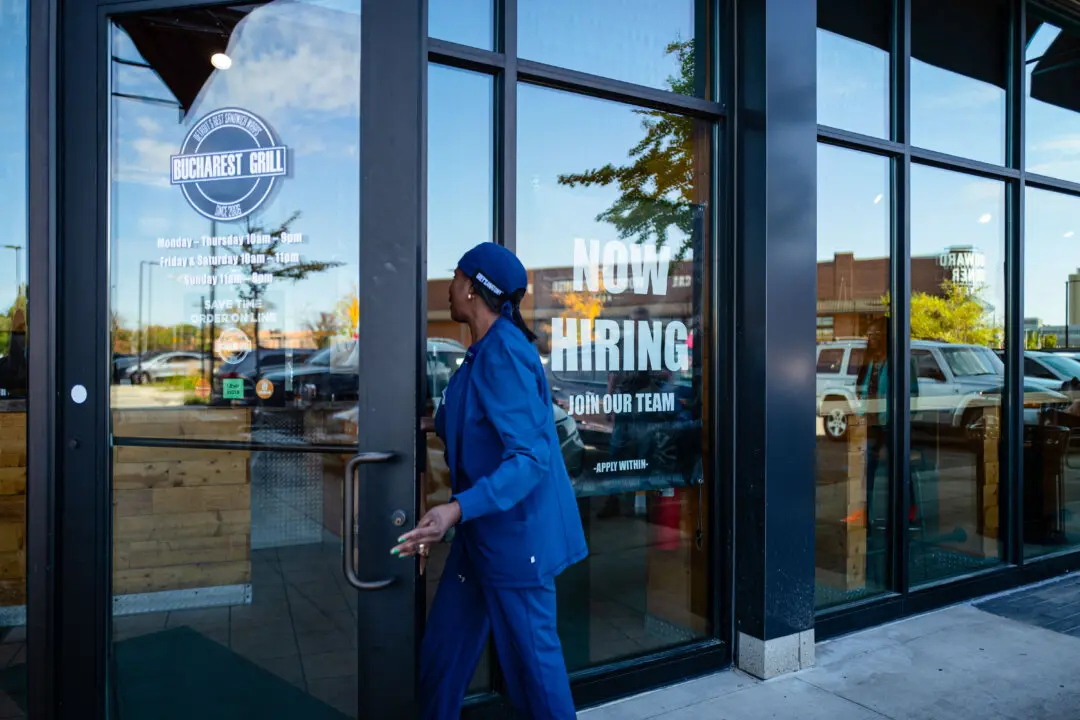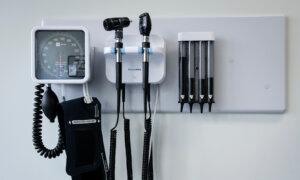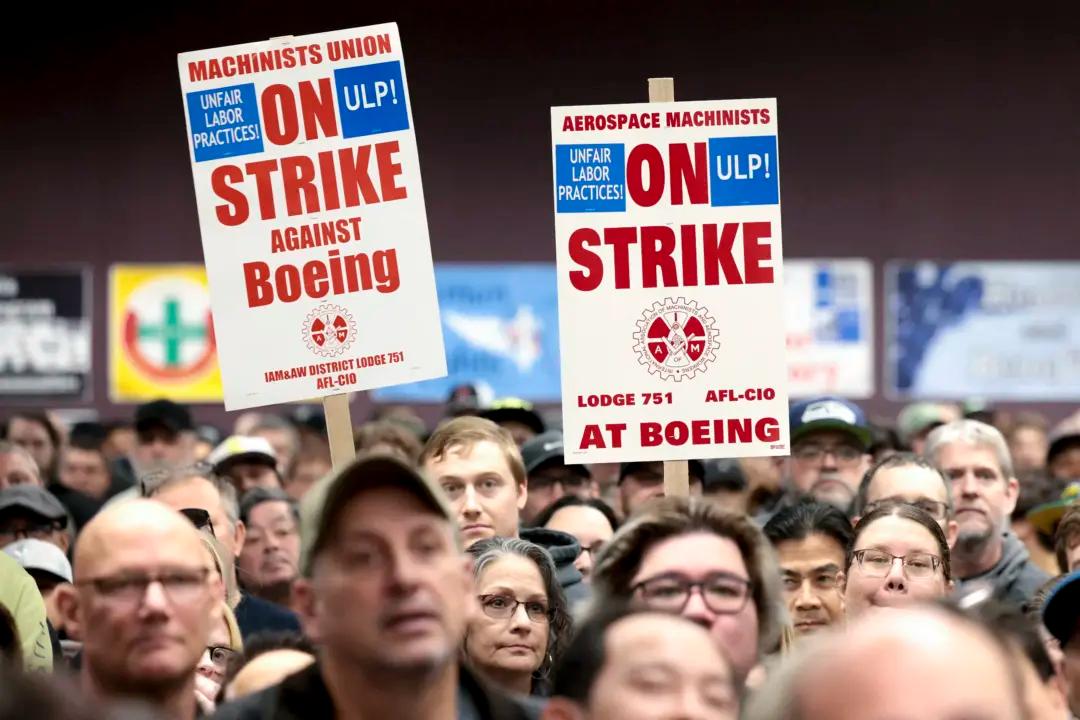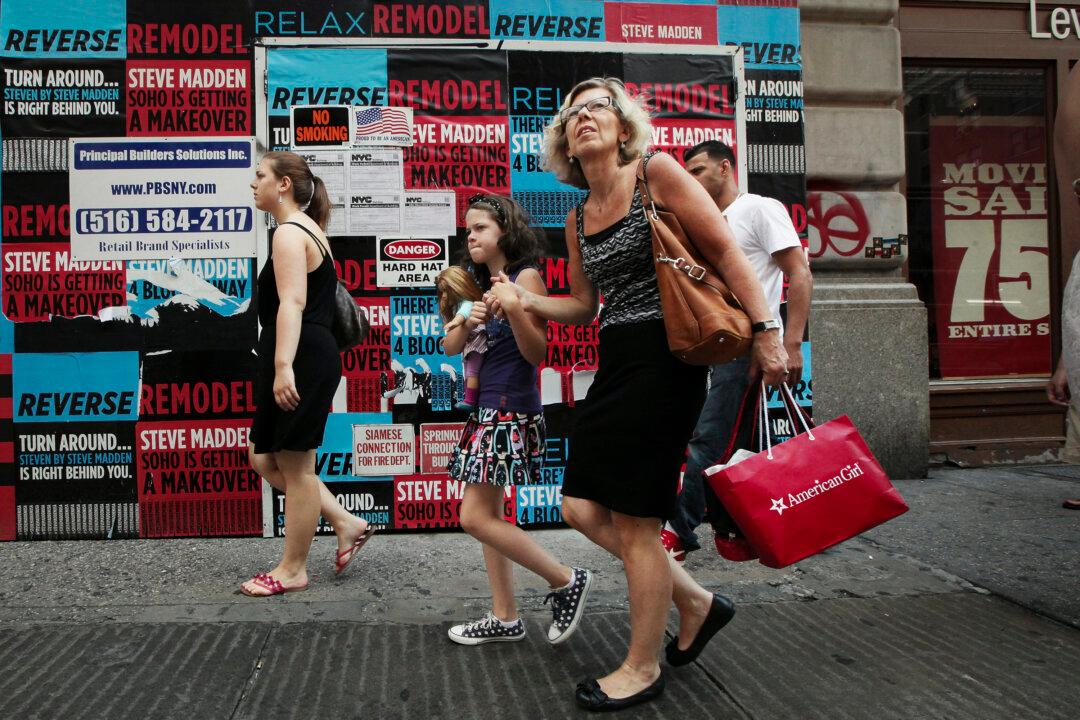Job openings have fallen to their lowest levels in more than three years as employers pause hiring plans and fewer workers quit their positions.
This was down from 7.86 million in August, revised lower from 8.04 million.
The number of job vacancies came in below the consensus estimate of 7.99 million.
The sizable drop in job openings was concentrated mainly in health care and social assistance (minus 178,000), state and local government (minus 79,000), and federal government (minus 28,000).
Due to the decrease in openings, the ratio of job vacancies to available workers dipped to 1 from 1.1. It was below the post-pandemic ratio of 2 to 1 in mid-2022 and the pre-pandemic average of 1.3 to 1.
Job openings have steadily declined since peaking at 12.2 million in March 2022, highlighting a cooldown in the overheated post-pandemic labor market.
But while businesses may not be hiring, employers are not handing out pink slips either, and employees are not handing in their resignation letters.
Job resignations declined by 107,000 to 3.071 million, the lowest since August 2020. This was also down by 525,000 over the past year.
The resignation rate—a gauge of voluntary employment levers as a share of total employment indicating workers’ confidence in the labor market—dipped to 1.9 percent from the upwardly adjusted 2 percent in the previous month.
Last month, layoffs and discharges were little changed at 1.8 million from August. However, they increased by 238,000 over the past year.
Financial markets and Federal Reserve policymakers pay close attention to the JOLTS data because it can offer valuable information about the supply-and-demand dynamics of the jobs arena.
The latest employment figures come ahead of the October jobs report.
Markets expect the economy to create 123,000 new jobs and the unemployment rate to hold steady at 4.1 percent.
Market watchers say the October non-farm payrolls report may be distorted by Hurricanes Helene and Milton in the Southeast and labor disputes.
“The October jobs report will likely show a severe, but short-lived hit from hurricanes Helene and Milton,” Bill Adams, chief economist for Comerica Bank, said in a note.
“Employment probably rose at the slowest pace this year, and the disasters likely distorted the unemployment rate, average earnings, participation, and the average workweek.”
Ultimately, the numbers might shed little light on the economy’s health, Adams noted.

Conditions have stabilized since then, and many economists and monetary policymakers attribute the jump in the jobless rate to an increased labor supply.
Still, an influx of recent data signals mixed perceptions about the current state of the U.S. labor market.
“Views on the current availability of jobs rebounded after several months of weakness, potentially reflecting better labor market data,” said Dana M. Peterson, chief economist at The Conference Board.
Consumers were “substantially” more positive about future business conditions and income than in September.
“Also, for the first time since July 2023, they showed some cautious optimism about future job availability,” Peterson said.
However, while workers are optimistic about the future, employers may have paused their plans.
According to RedBalloon’s October Freedom Economy Index, 77 percent of small business owners say they are neither hiring nor reducing staff, up from 54 percent a year ago.
Ten percent say they are hiring to expand, and another 10 percent expect to trim personnel.
Small businesses also maintain a sour outlook on the broader economy, the survey found.
Sixty percent of small business owners think the country is headed toward a recession, and 33 percent stated there is “too much uncertainty” about the U.S. economy.
“We’re seeing this effect in the job market right now, with employers holding their breath to see who wins in November,” said Andrew Crapuchettes, CEO of RedBalloon.







